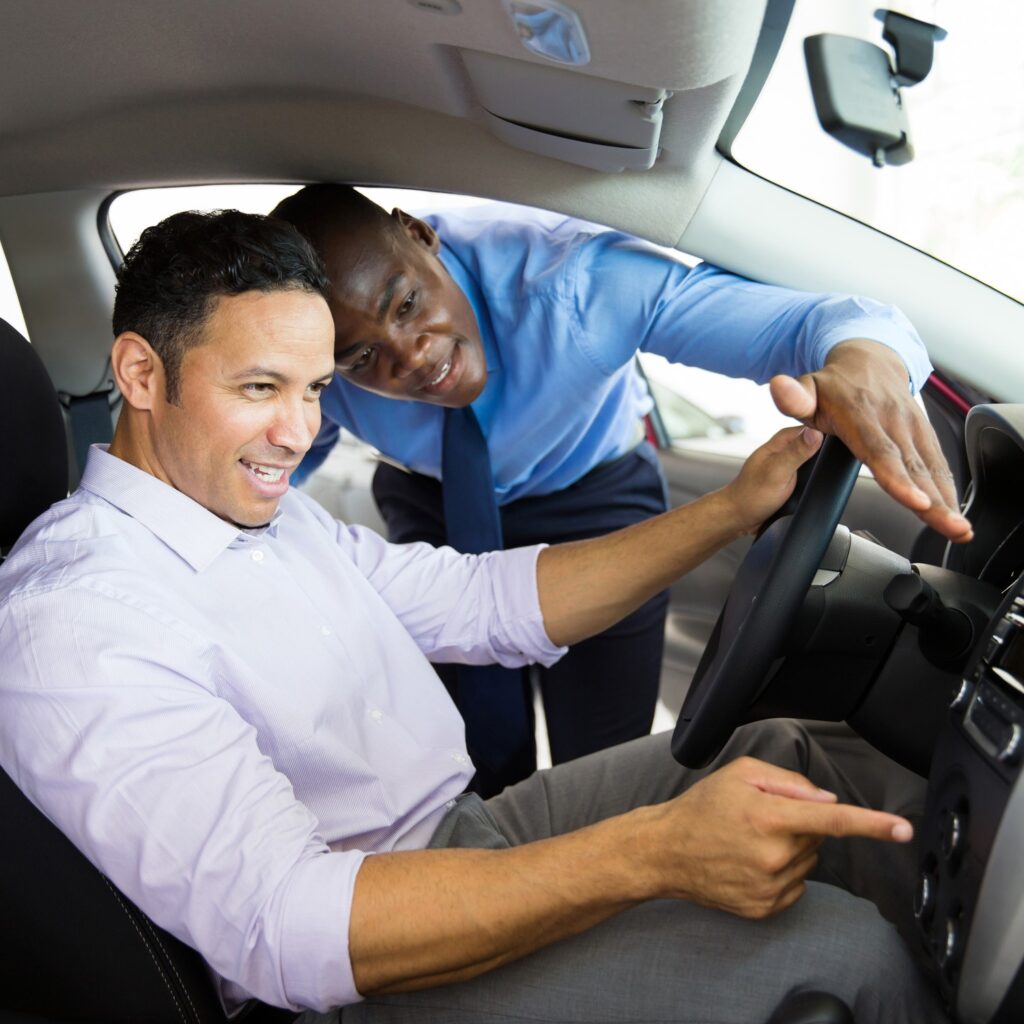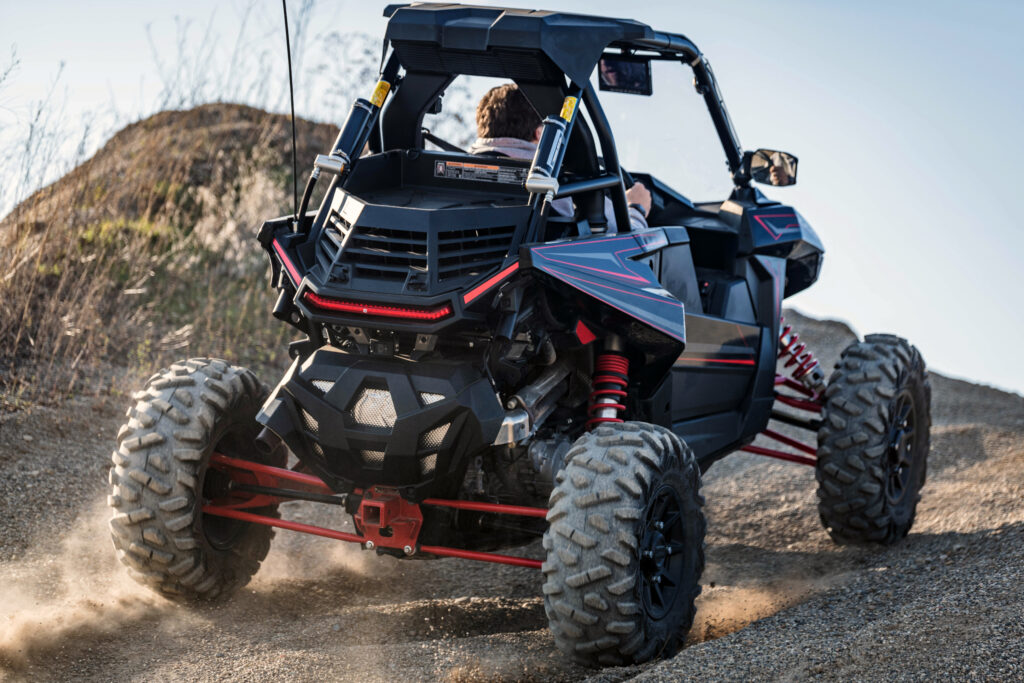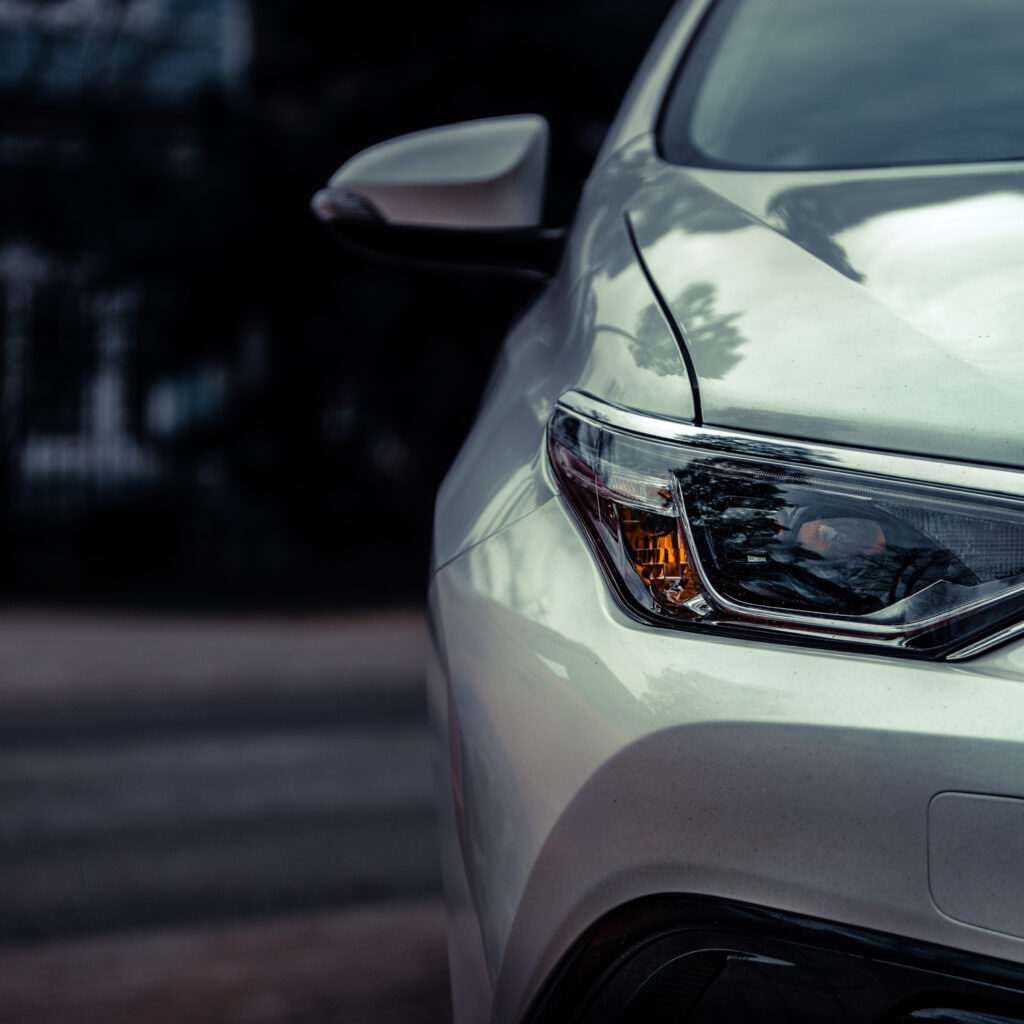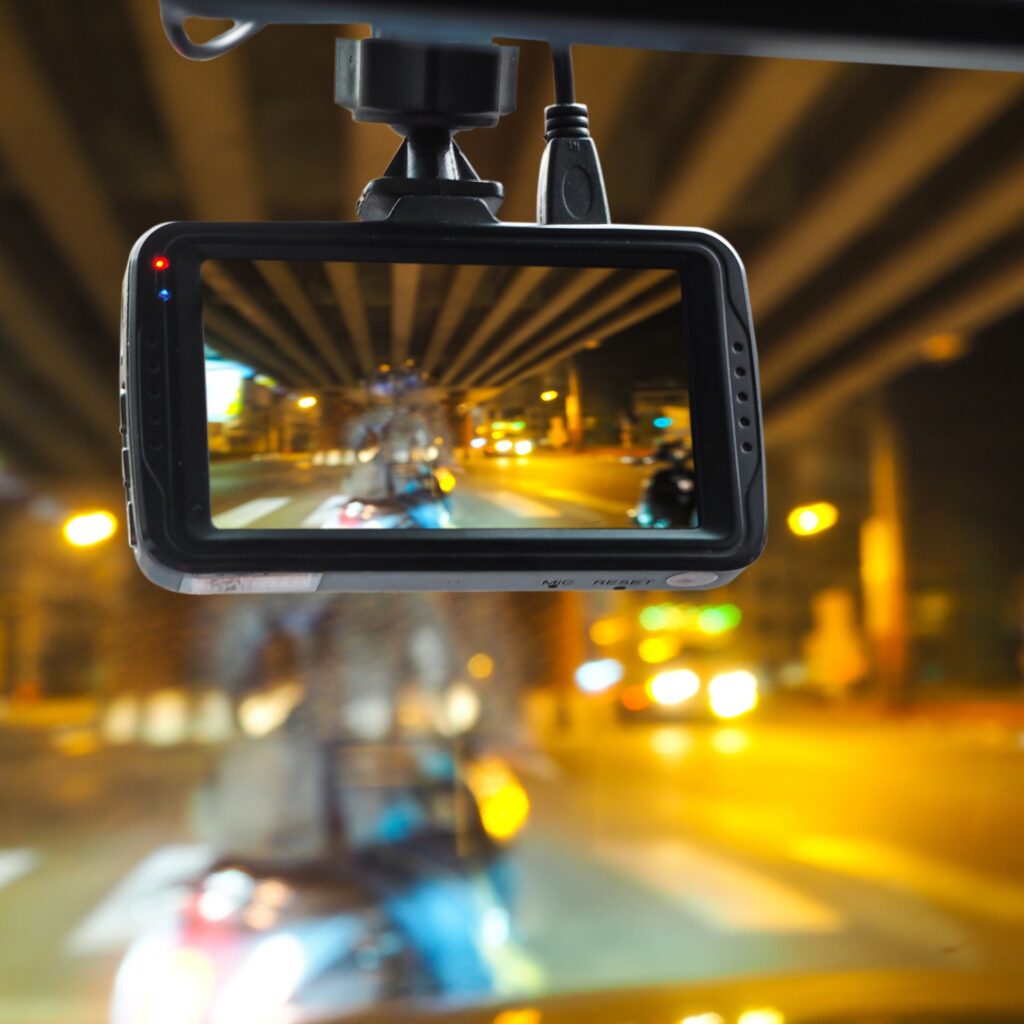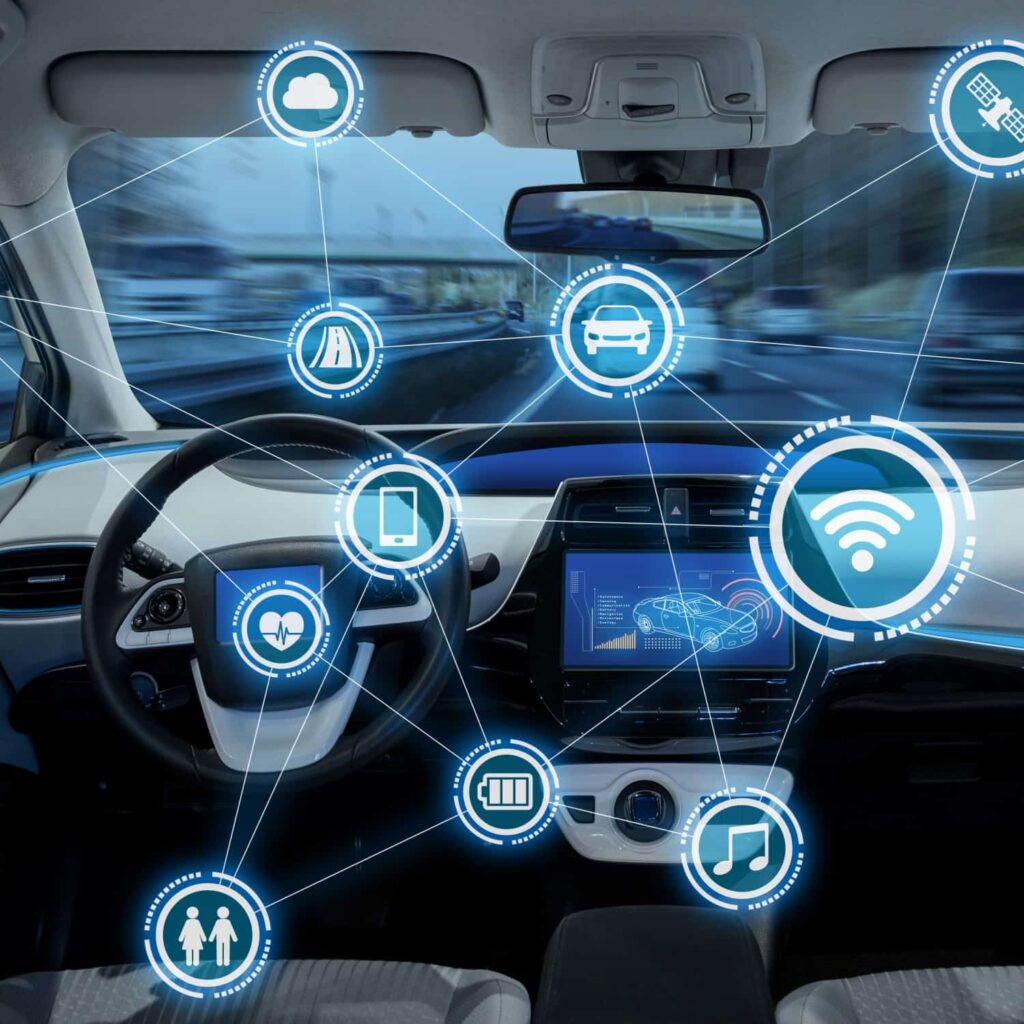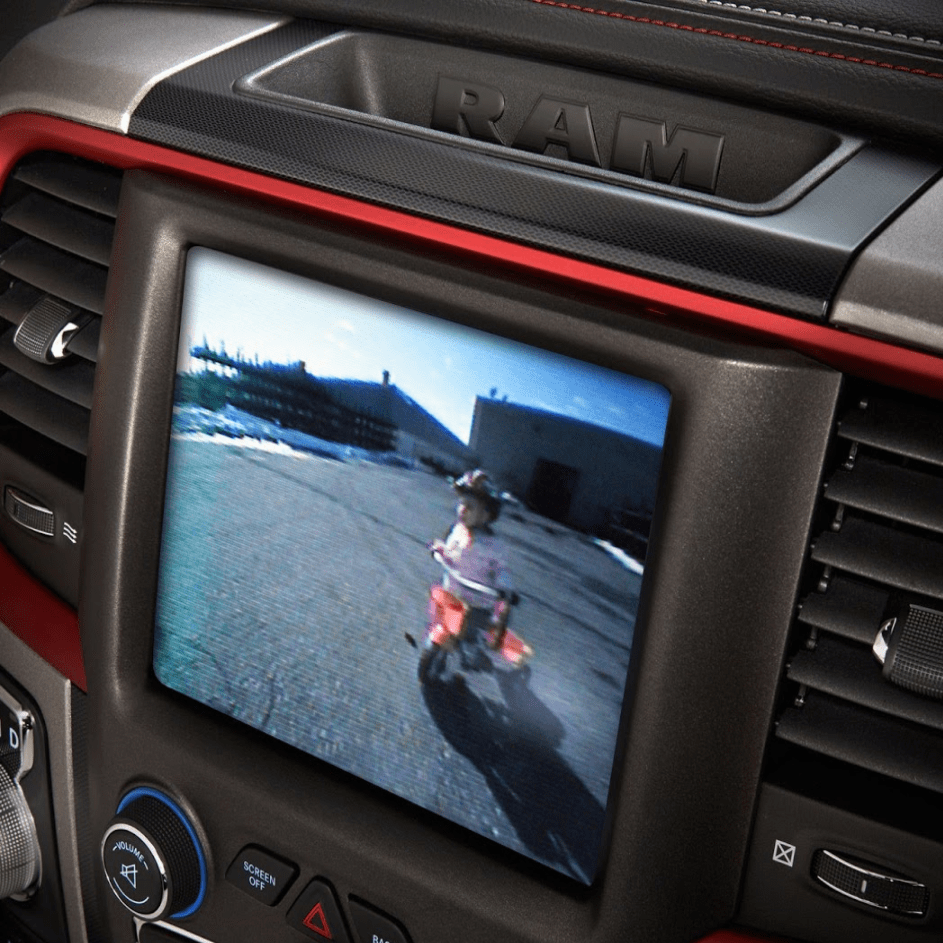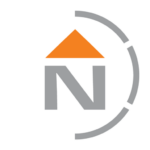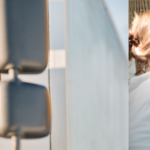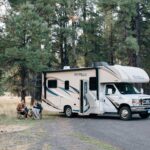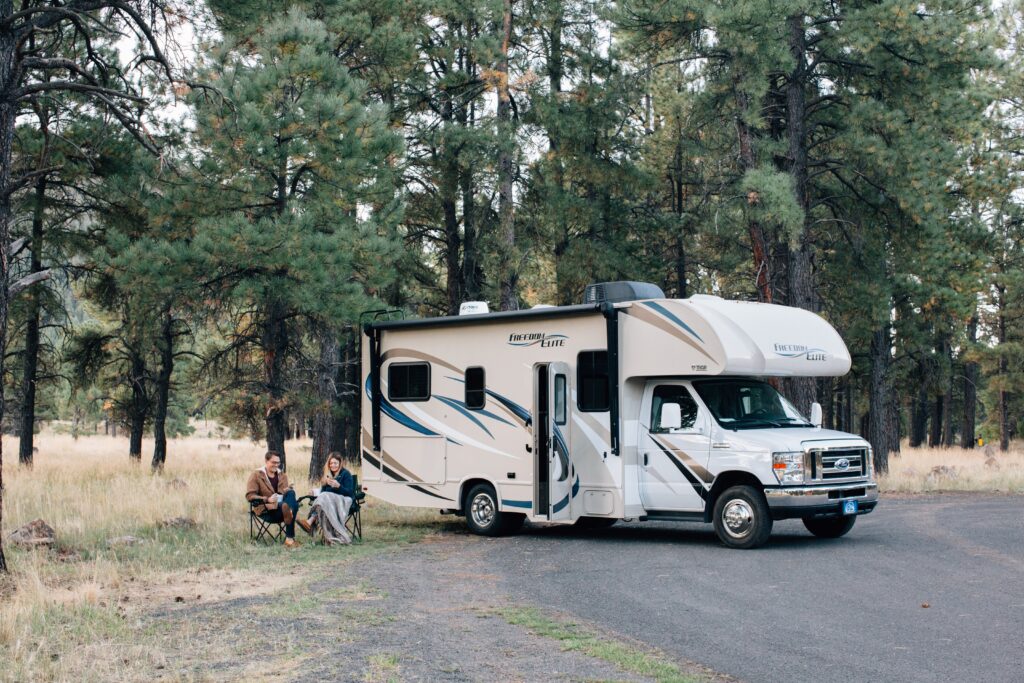
Upgrade Your RV Visibility
October 25, 2023Upgrade Your RV Visibility OCTOBER 25, 2023 // Elizabeth Breneiser As the leaves change and the fall weather rolls in, it’s time to winterize your recreational vehicle (RV) in preparation for the colder months ahead. While you’re inspecting your tanks, batteries, and water lines, take advantage of this opportunity to upgrade your RV’s visibility for the adventures to come. RVs, among the largest consumer vehicles on the road, often lack the safety features found in typical passenger vehicles, making visibility a significant concern. Brandmotion’s AHDS-7810v2 Wireless HD Observation System brings clarity to your long-haul road trips, whether you’re backing up in tight campsites, fueling up in crowded places, or anywhere you may travel. The AHDS-7810v2 consists of a monitor and a camera, and is ideal for regaining the views you’d typically have with a rearview mirror. This live streaming camera provides a crucial perspective at all times while operating your vehicle, not just when in reverse. Unlike some competitor products with 480p camera resolution, Brandmotion’s camera offers a stunning 1080p resolution, providing much clearer views. For expanded visibility, consider adding the full 78’ Series to your trailer. The AHDS-7811v2 Wireless HD Observation Camera offers a secondary perspective for your trailer. This is great for monitoring precious cargo while on the road or obtaining an additional perspective from your trailer. Some creative applications of this camera include a front facing camera off of the trailer, for added security and DVR recording in the unfortunate event of a collision. Other RVers use the camera for a bumper view while backing up their trailer, or even over their trailer door for observation purposes. The AHDS-7812 Wireless HD Side Marker Light Cameras provide visibility of the sides of your trailer. These side marker light cameras are the most popular addition to the base observation system. With the addition of the cameras, your blind spots will be significantly reduced, providing drivers peace of mind while on the road. With many viewing options through the monitor, you may view anywhere from one to four cameras at once for optimal visibility during your travels or while on-site. A popular screen option while on the road is a 3-camera view, with the side marker light cameras and rear cameras. With a quick installation time, along with installation guides and user manuals, the installation process is a breeze. Have a question during the install process? Assistance is available via the Brandmotion Technical Support line during workdays and regular Eastern Time business hours, or you may fill out a Technical Support request form. Check out our product pages for more information, product specifications, and installation materials. Take the stress out of your next adventure, and enjoy the road ahead! Latest Post Brandmotion and DENSO Announce Partnership for One Stop Vehicle Integration of Advanced Connectivity Technology Get Better Results in Less Time on Your Connected Vehicle Deployment Brandmotion Expands Its Digital FullVUE® Mirror Lineup to Add Ford Bronco What To Know Before Installing A Jeep Backup Camera


